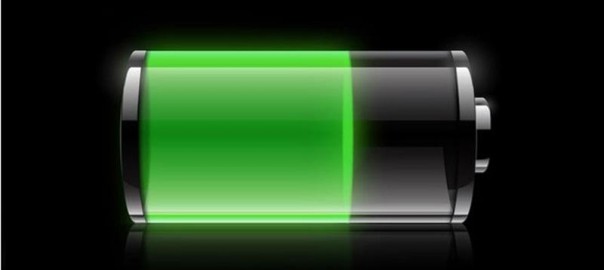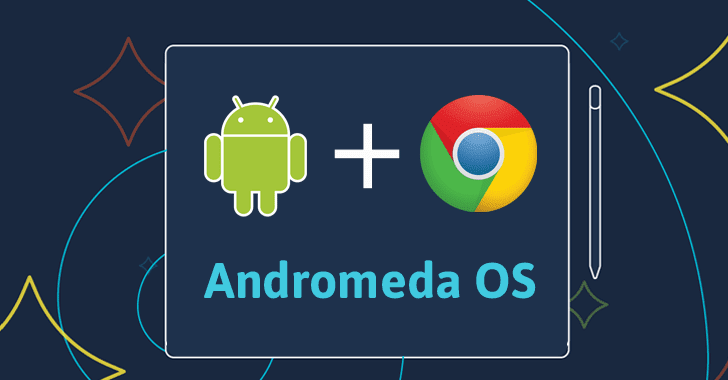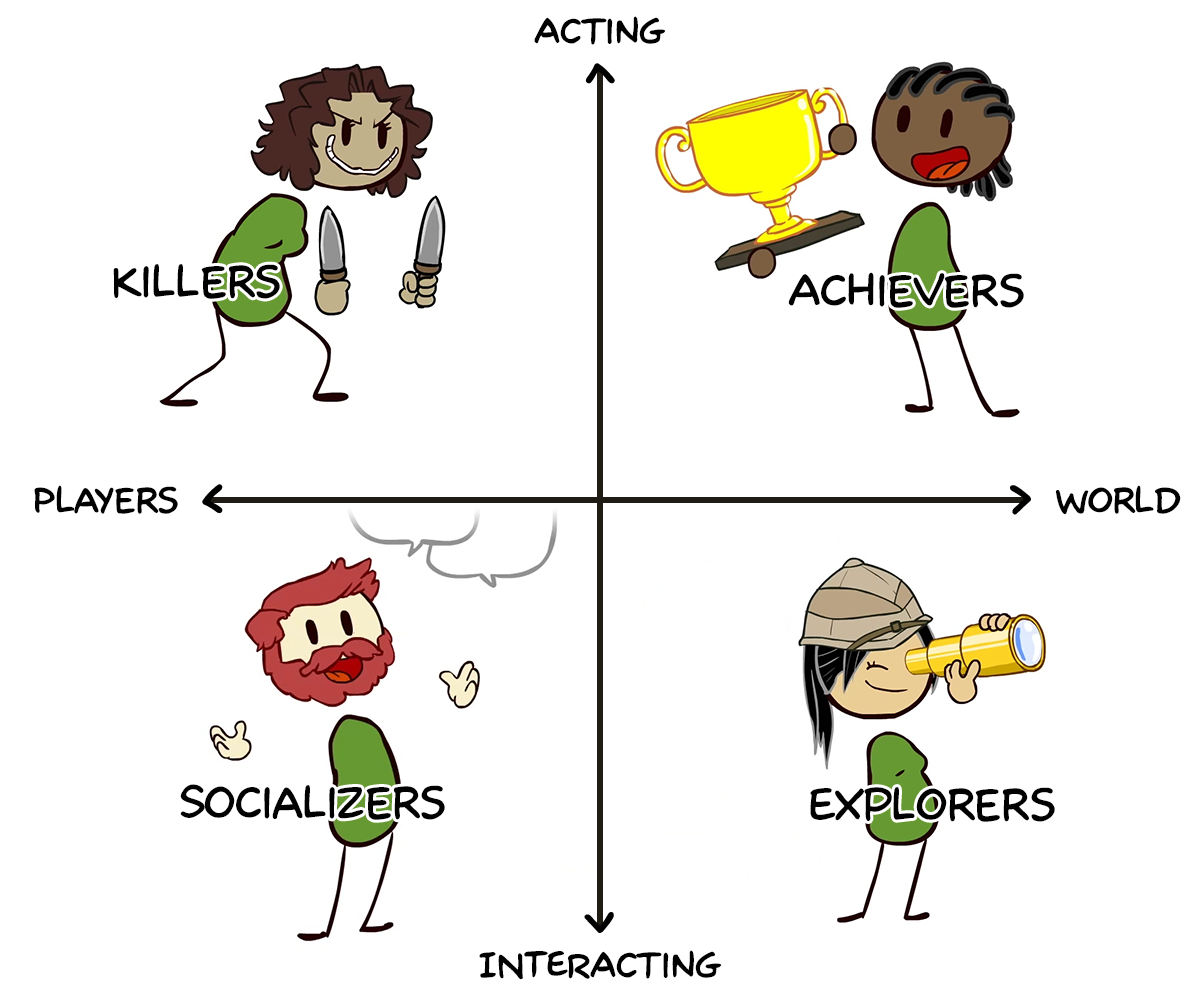They say a picture is worth a thousand words.
Emojis have become a staple of text communication in the 21st century. According to Digiday, over 6 billion emoji messages are sent per day. iMessage, Facebook Messenger, GChat, Snapchat & more have all integrated unique emojis into their platforms. Where there is popularity, there is money to be made.
An Emoji is defined as a small digital image or icon used to express an idea, emotion, etc., in electronic communication. Emojis evolved from emoticons, which are pictorial representations of a facial expression using ONLY punctuation marks, numbers and letters. The first intentional use of an emoticon has multiple origins depending on your source. In 1857, historians documented the use of the number 73 to express love and kisses in Morse code. Some credit a New York Times article covering an Abraham Lincoln speech in 1862 with introducing the phenomenon. The first documented use of “:-)” and “:-(” overtly to express emotion was in 1982 at Carnegie Mellon.
As online chat became popular, so did the use of emoticons. In an era of computer-mediated communication, emoticons help communicate nonverbal cues in digital threads. From emoticons, emojis emerged, eschewing the punctuation and using images to directly convey emotion. The first emoji was created in 1998 or 1999 in Japan by Shigetaka Kurita. Emoji was first integrated with iMessage in iOS 5. Snapchat recently bought BitMoji for $100 million. Messaging apps like Facebook Messenger and G-Chat are all following WeChat’s lead in creating their own visual keyboards. iOS 10’s iMessage App Store pushes stickers, opening up a new visual possibilities for app developers and advertising.
With big money on the line, here’s how top companies are monetizing their emojis:
DOWNLOAD FEE: Some emoji companies sell their apps with a download fee. For a flat rate of $1.99, the user receives access to all emojis. Most users will find it hard to justify paying for an emoji app unless they have a pre-existing relationship with the brand, thus this technique is best for major brands like Kimoji, Amber Rose’s MuvaMoji, the newly released Mike Tyson emojis, etc.
EMOJI PACKS/PREMIUM CONTENT: A more popular monetization method than a download fee is the individual pricing of emoji packs and premium content. Both paid and freemium apps can enact this monetization method. A company may offer one emoji keyboard for free with download of the app, then offer premium content, potentially sponsored by another brand, for a fee. Emoji> is among the top purveyors of this strategy.
BRANDED CONTENT: Perhaps the most effective monetization method for emojis is branded emojis and stickers. Fortune recently profiled a start-up named Swyft that generates revenue creating branded emojis & sticker packs. A sticker pack they created for Gwen Stefani’s album Spark the Fire was downloaded almost a million times and resulted in 41 million impressions in 10 days.
App developers looking to push their own emoji packs can generate revenue with branded partnerships after establishing popularity. BitMoji built up an audience over time with a seemingly endless keyboard of expressions. Upon attaining popularity, BitMoji was able to acquire tons of sponsored sticker packs to generate revenue. BitMoji’s success led to Snapchat’s decision acquire BitMoji and integrate an established brand rather than create their own unique emojis.
RETENTION: In order to build an audience and monetize, emoji keyboards must retain their users. Ads aren’t a popular monetization method for emojis since users like their digital conversations ad-free. Animated Emoji Pro integrated games into their app in order to increase user retention and ascend in ASO rankings. Users get lost BitMoji’s vast selection of icons, increasing usage time.
LOCALIZATION: Localization is another major way of enhancing retention on an emoji keyboard. A study by SwiftKey found radically different patterns of emoji usage depending on geographic location. Creatively utilizing geolocation services to localize the user experience for an emoji keyboard can be a vital tool in building and retaining a national or even global audience.
Succeeding with an emoji app requires innovative thinking, attention-to-detail, marketing & careful consideration of audience. Like TV, print, & web messaging, well-crafted emojis require good creative, and meaningful visuals that convey emotion. With 45 billion messages sent per day in the US alone, there is great potential for a well-crafted emoji app to become profitable business with the right combination of concept, execution, and an experienced app developer.










